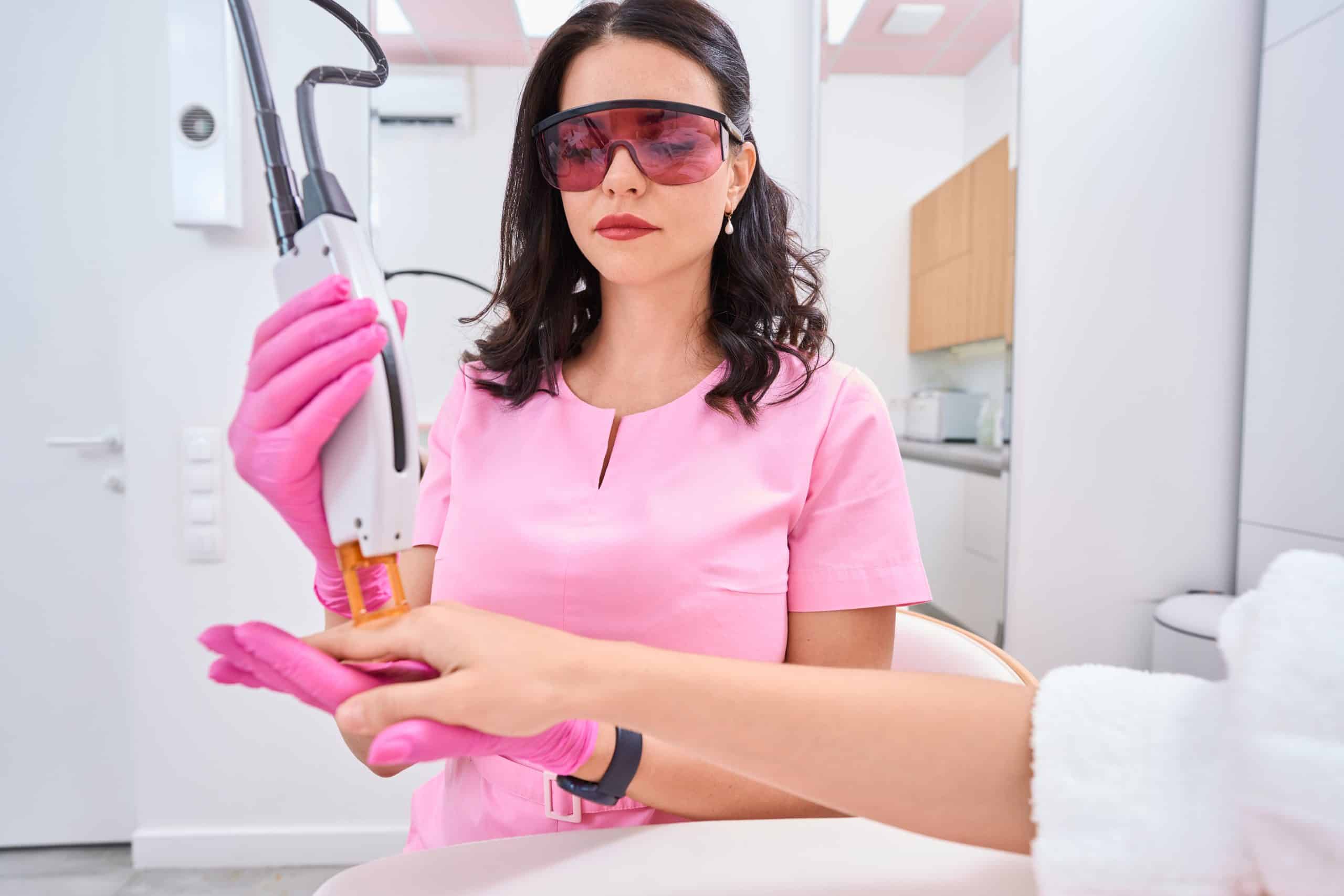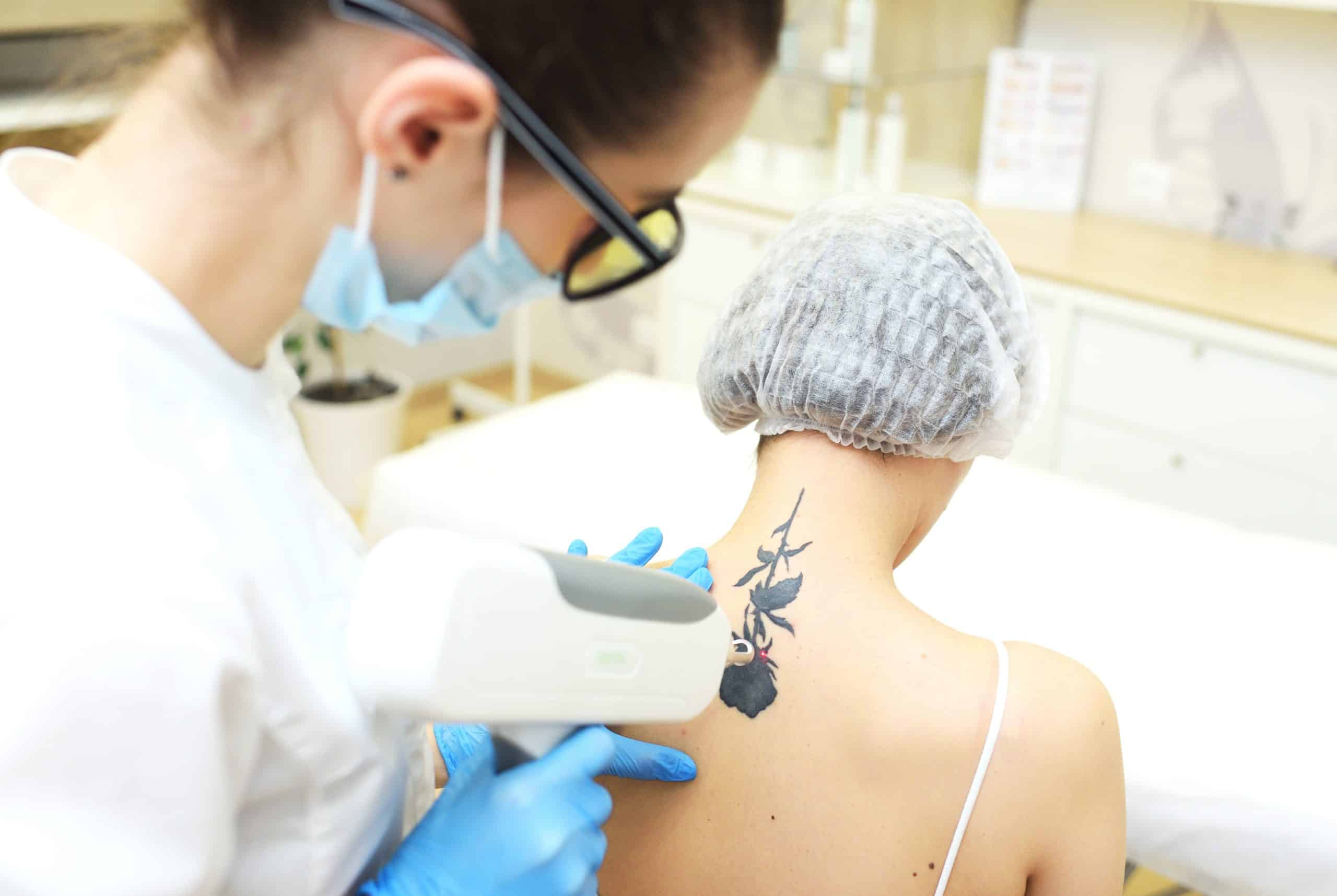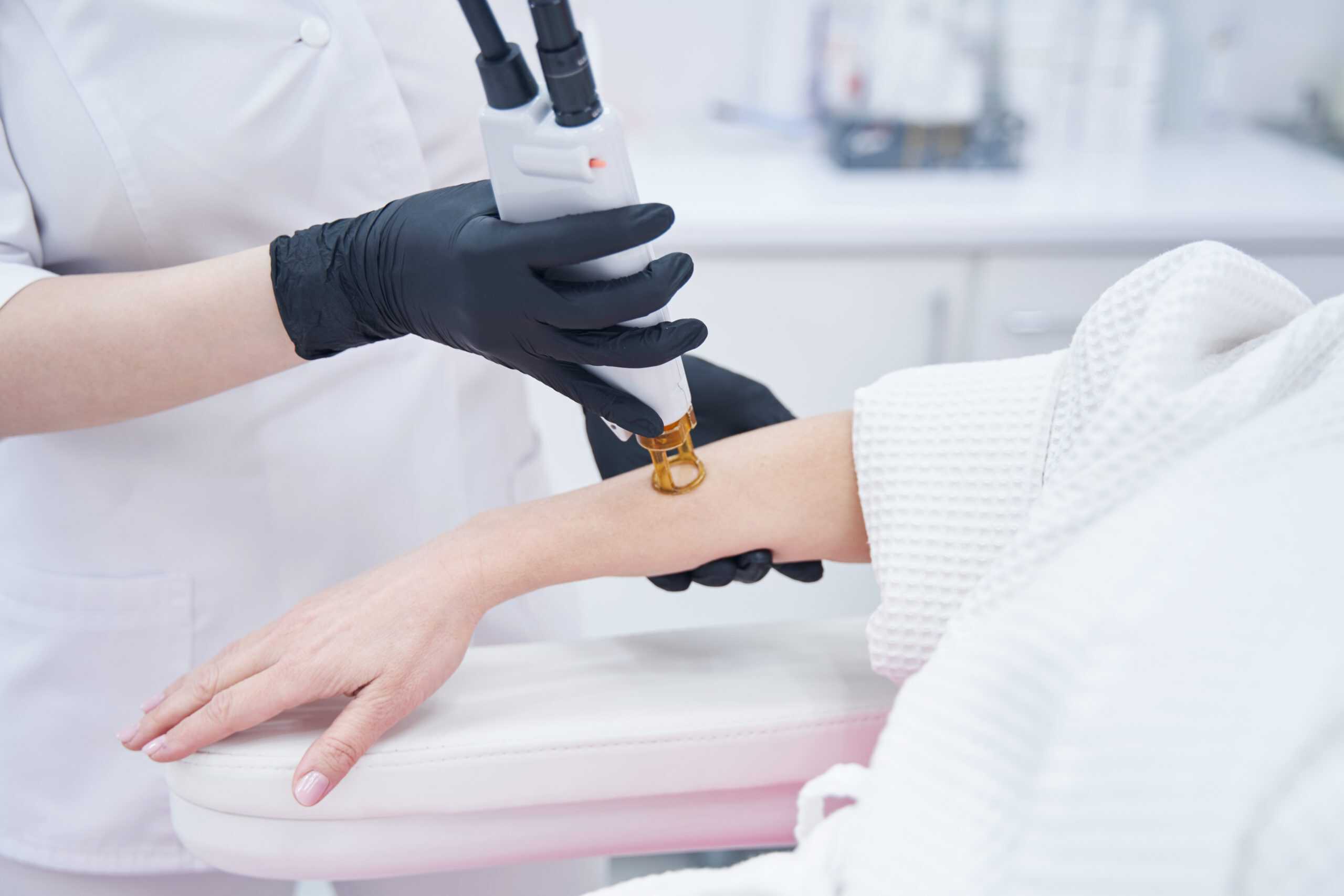Changing seasons can have a surprising impact on your tattoo removal journey. As temperatures shift and daylight hours fluctuate, your skin responds in unique ways that can influence the effectiveness of treatments.
Whether you’re battling the summer sun or the chill of winter, understanding these seasonal effects can help you achieve optimal results.
During warmer months, increased sun exposure can pose challenges for healing skin, while colder weather might lead to dryness and irritation. Each season brings its own set of factors that can either enhance or hinder the tattoo removal process.
By adapting your approach based on the time of year, you can ensure a smoother experience and better outcomes.
Understanding Seasonal Effects on Tattoo Removal

Changing seasons play a significant role in the effectiveness of tattoo removal processes. Key factors such as sun exposure, temperature, and outdoor activities influence how your skin responds to treatment.
Fall and Winter: Ideal Seasons
Fall and winter are ideal for laser tattoo removal. Reduced sun exposure during these months minimizes the risk of complications like hyperpigmentation or scarring.
These cooler seasons encourage more comfortable healing, as lower temperatures lead to less skin sensitivity. With fewer outdoor activities, your skin remains protected, allowing for an expedited and effective healing process.
Summer: Avoidance Recommended
Summer presents challenges for tattoo removal. Direct sun exposure increases sensitivity in the treated area, heightening the risk of complications.
Heat and outdoor activities during summer slow down the healing process, complicating recovery. It’s wise to avoid tattoo removal sessions during these months to ensure optimal healing conditions.
Planning and Preparation
Effective tattoo removal requires strategic planning. Schedule laser treatments three months apart. This interval allows your body to heal fully and process each treatment effectively, promoting better overall results.
By adhering to this timeline, your skin can recover and prepare for subsequent sessions, maximizing the chances of successful tattoo removal.
Benefits of Seasonal Tattoo Removal

Seasonal tattoo removal offers numerous advantages that enhance the overall effectiveness and comfort of the treatment process. Focusing on specific seasons can yield better healing outcomes and minimize risks associated with sun exposure.
Reduced Sun Exposure
Reduced sun exposure during fall and winter makes these seasons ideal for tattoo removal.
Shorter daylight hours and cooler temperatures encourage less outdoor activity, which aids skin healing.
Proper care in these months ensures your skin heals effectively while undergoing tattoo removal.
Easier Concealment Options
Easier concealment options are another benefit of seasonal tattoo removal. With cooler weather, you can wear layers, helping to hide your tattoo while it’s healing. This added privacy reduces anxiety during the removal process and allows you to focus on recovery.
Key Considerations During Different Seasons

Understanding how seasons affect the tattoo removal process is crucial for optimal results. Each season presents distinct challenges and benefits that influence skin sensitivity and aftercare.
Skin Sensitivity and Healing
Fall and winter offer cooler temperatures, which support faster healing after laser tattoo removal sessions. The cold air not only reduces inflammation and discomfort but also aids your body’s natural healing processes.
Conversely, summer poses challenges due to increased sun exposure, which can damage your skin, slow healing, and increase the risk of complications. It’s essential to avoid direct sunlight during tattoo removal to promote a smooth recovery.
Aftercare and Maintenance
Fall and winter’s reduced sun exposure benefits your aftercare routine.
Longer clothing provides additional protection against UV rays, which is particularly helpful in minimizing potential complications. During these seasons, the lower temperatures can aid healing, allowing you to focus on maintaining your skin’s health.
In contrast, summer requires greater diligence in aftercare, as prolonged sun exposure necessitates careful management of your skin post-treatment to ensure optimal results.
Preparing for Your Tattoo Removal Journey

Preparing for tattoo removal involves several key steps to ensure a smooth and effective process. It’s crucial to take proactive measures, especially considering seasonal changes that can affect healing.
Consulting with Professionals
Consult with a trained, certified physician or dermatologist who specializes in tattoo removal. This professional evaluation assesses your skin type and the tattoo’s characteristics.
Discuss the removal process thoroughly to understand the expected outcomes. A qualified expert tailors the plan based on your individual needs and the season to optimize treatment effectiveness.
Setting Realistic Expectations
Set realistic expectations for your tattoo removal journey. Understand that this process typically involves multiple sessions. Depending on factors like tattoo size, color, and location, it can take several months to a few years to achieve desired results.
Anticipate significant time between sessions; having treatments scheduled three months apart often leads to optimal healing. Recognizing the timeline helps mitigate disappointment and encourages a more positive experience.
Conclusion
Understanding how changing seasons affect your tattoo removal process can make a significant difference in your results. By choosing the right time of year for treatments you can enhance healing and minimize complications.
Fall and winter provide ideal conditions with less sun exposure and cooler temperatures.
Consulting with professionals helps you create a personalized plan that takes seasonal factors into account. Remember to set realistic expectations as the process requires time and multiple sessions.
With the right approach you’ll be on your way to achieving the results you desire.
Frequently Asked Questions
What season is best for tattoo removal?
Fall and winter are ideal for tattoo removal due to reduced sun exposure and cooler temperatures. These conditions promote better healing and minimize risks associated with sun exposure.
How does sun exposure affect tattoo removal?
Sun exposure can increase melanin production, leading to tanning or burning, which complicates the healing process. This can prolong tattoo removal and increase the risk of scarring.
How often should laser tattoo removal sessions be scheduled?
It’s recommended to schedule laser tattoo removal sessions every three months for optimal healing. This interval allows the body time to process and recover between treatments.
Can outdoor activities hinder tattoo removal?
Yes, outdoor activities during sunny months can increase the risk of sunburn and hinder healing. It’s best to limit sun exposure around treatment times to ensure better results.
How long does the tattoo removal process typically take?
Tattoo removal can take over 12 months, depending on factors like tattoo size and ink types. Treatments are usually scheduled every 8 weeks, balancing effective removal with healing time.


